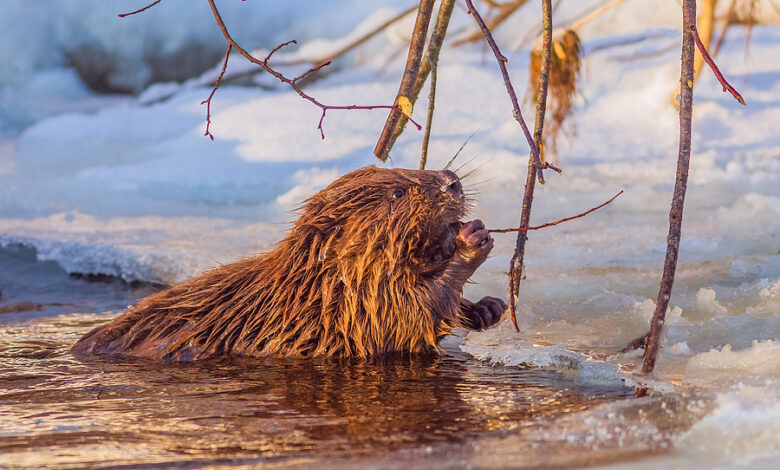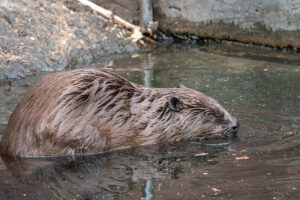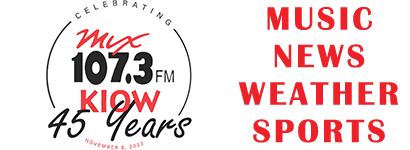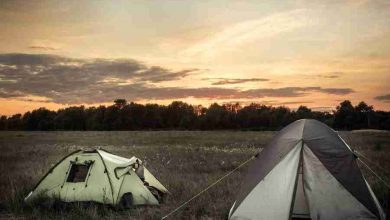
Iowa trappers can expect to find good numbers of furbearers available statewide when the season begins on Nov. 5.
“Our furbearer population is stable or trending up for most species, except for muskrats and gray fox,” said Vince Evelsizer, furbearer biologist with the Iowa Department of Natural Resources (DNR). “Our muskrat population is good here and there in the marshes with ideal habitat and have water, but overall the population has been in a gradual decline overall over the past thirty years.”
Evelsizer said conditions are dry across most of the state and streams, rivers, ponds and wetlands are low or completely dry which can change how and where trappers make their sets.
He said red fox numbers are slightly higher but varies by region. Beaver is stable to increasing in several regions, and river otters and bobcats are stable to increasing as well. Muskrats had for generations been the species that beginning trappers targeted as they gained experience, but with fewer muskrats in the marshes, novice trappers have shifted to raccoons.
 “Raccoons are a really good entry level species for novice trappers, they are abundant statewide and it’s a species that would benefit from a reduction in its overall numbers,” he said.
“Raccoons are a really good entry level species for novice trappers, they are abundant statewide and it’s a species that would benefit from a reduction in its overall numbers,” he said.
Of note, youth can accompany a licensed adult trapper or fur hunter in the field without being licensed as long as they don’t participate, he said. “If the youth would like to participate, they can simply purchase a youth furharvester license for $7.50.”
Iowa’s bobcat harvest is divided into three zones – a three bobcat bag limit zone (southern Iowa), a one bobcat bag limit zone, and a zone closed to bobcat harvest. Only one bobcat may come from the one bobcat zone regardless of the county in that zone it was taken from, the remaining cats must come from the three-cat zone. No more than three bobcats total can be legally harvested by a fur harvester this season.
Fur harvesters are reminded of the requirement to contact a conservation officer within seven days of taking an otter or bobcat to receive a CITES tag. The CITES tag must remain with the animal until it is processed or sold. The DNR will not be collecting bobcat and otter skulls and lower jaws this year for tooth aging purposes.
 Overall, the wild fur market is weak again this year, which is similar to the last few years, but regardless of fur prices, Evelsizer encouraged trappers to take a beginner along to share the experience. Beavers, striped skunk, and bobcats may trend upward in fur markets this year.
Overall, the wild fur market is weak again this year, which is similar to the last few years, but regardless of fur prices, Evelsizer encouraged trappers to take a beginner along to share the experience. Beavers, striped skunk, and bobcats may trend upward in fur markets this year.
“It’s a great way to get outdoors, spend some time with a beginner, enjoy trapping and pass along our knowledge,” he said.
Nearly 15,300 Iowans purchased a furharvester license in 2021 and that number has been fairly stable over the past six years.
The Iowa DNR is offering one more ‘learn to furharvest’ workshop for beginners this fall on Nov. 19, in St. Charles. Participants will learn basic strategies for trapping such as trapping ethics, best management practices, proper equipment, trap placement, trapping regulations and steps for preparing hides for trade. Sessions will cover history of trapping in North America, wildlife identification, regulations and several demonstration stations. To register, go to www.iowadnr.gov/learntohunt.




